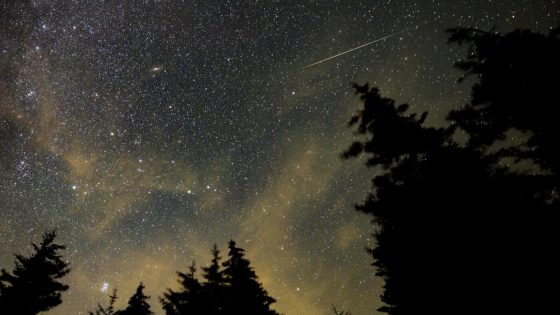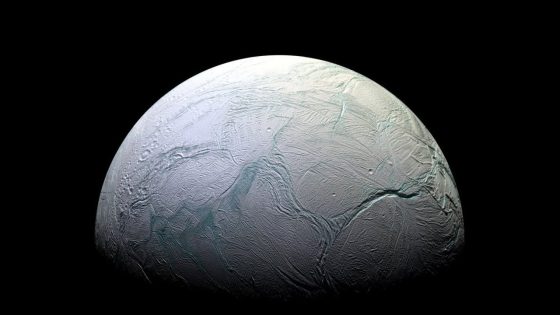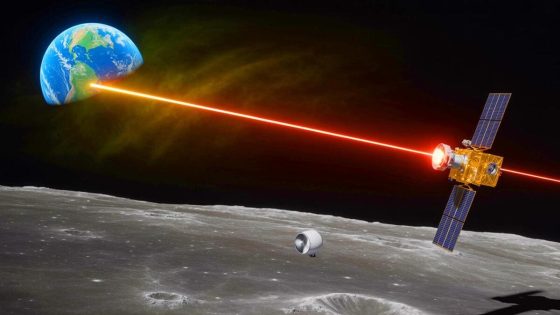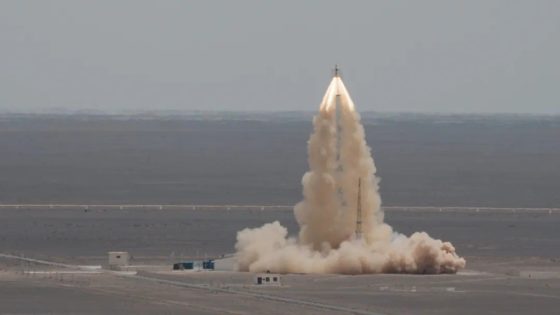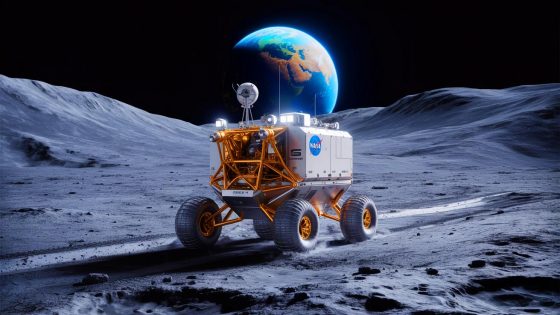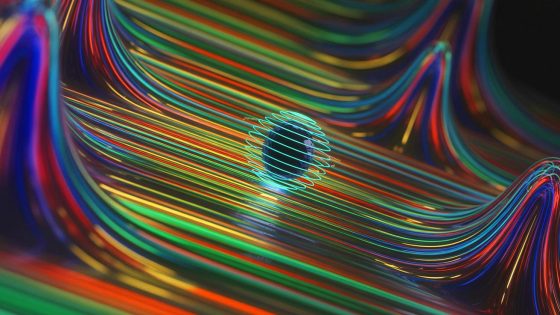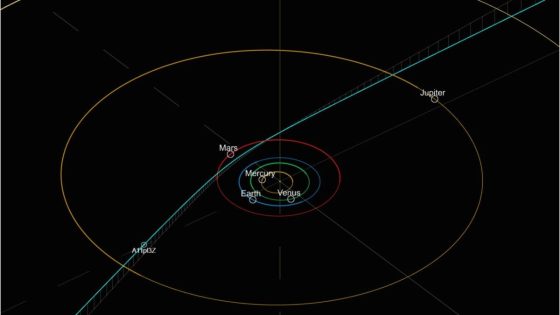This summer, skywatchers can look forward to witnessing meteor showers, particularly the Southern Delta Aquariids and Alpha Capricornids, peaking on the night of July 29, 2025. While the famous Perseid meteor shower typically garners attention, this year, the bright moon may obscure many of its meteors.
- Perseid meteor shower peaks on August 12.
- Moonlight may hinder meteor visibility this year.
- Southern Delta Aquariids peak on July 29-30.
- Best viewing after midnight in dark skies.
- Alpha Capricornids produce slow fireballs.
- 2026 predicted for significant meteor outburst.
Nick Moskovitz, a planetary astronomer, notes that the moon’s glare could diminish visibility during the Perseids, which peak on August 12. Instead, the lesser-known showers may offer a more rewarding experience, producing 20 to 30 meteors per hour.
These meteor showers raise an interesting question: how do these celestial events occur? Meteor showers happen when Earth passes through debris left by comets or asteroids. Key points include:
- Meteors are often tiny particles, sometimes as small as dust.
- Viewing is best in dark areas, away from artificial light.
- Alpha Capricornids may produce spectacular fireballs, despite fewer meteors.
As we look ahead, the scientific community is eager to predict future meteor events, particularly the anticipated outburst in 2026, which promises an extraordinary display of shooting stars.



